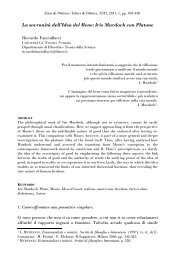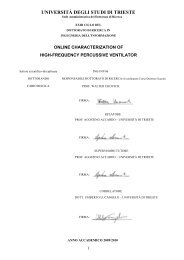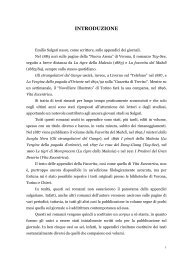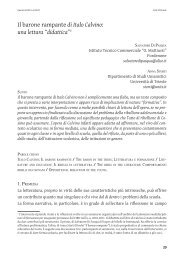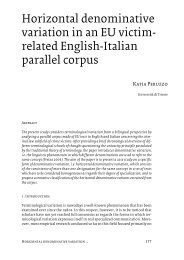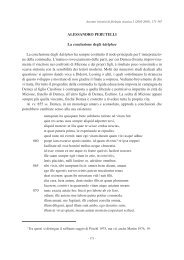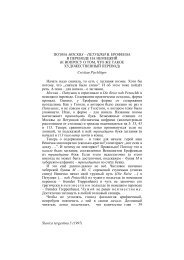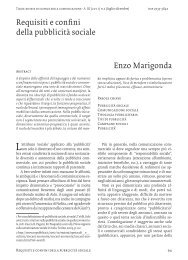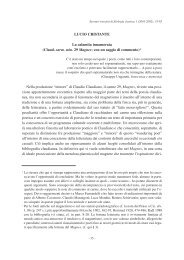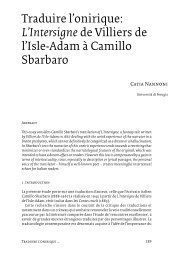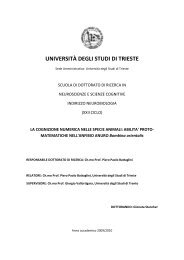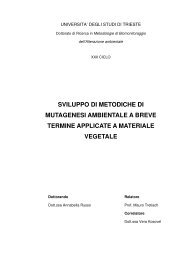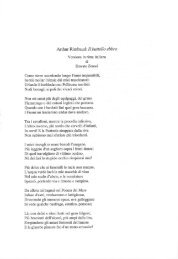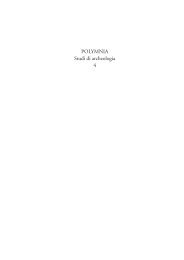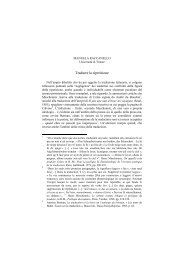sylloge of islamic coins in the ashmolean concordance ... - OpenstarTs
sylloge of islamic coins in the ashmolean concordance ... - OpenstarTs
sylloge of islamic coins in the ashmolean concordance ... - OpenstarTs
Create successful ePaper yourself
Turn your PDF publications into a flip-book with our unique Google optimized e-Paper software.
Recently Islamic numismatics has seen a remarkable editorial vivacity through both <strong>the</strong><br />
Sylloge <strong>of</strong> Islamic Co<strong>in</strong>s <strong>in</strong> <strong>the</strong> Ashmolean Museum and some monographic Corpora able to<br />
syn<strong>the</strong>size <strong>in</strong>formation scattered <strong>in</strong> <strong>the</strong> Sylloges, <strong>in</strong> published articles and <strong>in</strong> catalogues <strong>of</strong>ten<br />
difficult to access. For example <strong>the</strong> contribution <strong>of</strong> <strong>the</strong> Fatimid Co<strong>in</strong>age 6 , and <strong>the</strong> Gold Co<strong>in</strong>age,<br />
from 65 H (684 C.E.) to 334 H (946 C.E.) 7 is particularly <strong>in</strong>terest<strong>in</strong>g. Therefore a happy<br />
bibliographic co<strong>in</strong>cidence occurred. This was possible because <strong>of</strong> a fortuitous co<strong>in</strong>cidence; <strong>the</strong><br />
publication Giulio Bernardi’s Corpus <strong>of</strong> researches <strong>of</strong> gold monetization <strong>of</strong> this period (Arabic<br />
Gold Co<strong>in</strong>s), a huge census <strong>of</strong> publications cover<strong>in</strong>g countless auctions, and <strong>the</strong> appearance,<br />
some years later, <strong>of</strong> Nicol’s “Sylloge <strong>of</strong> Islamic Co<strong>in</strong>s <strong>in</strong> <strong>the</strong> Ashmolean Museum. 4. Later ‘Abbasid<br />
Precious Metal Co<strong>in</strong>age (from 219 AH)”. Of <strong>the</strong> known 2164 Islamic <strong>of</strong> this period, only<br />
35 are not listed <strong>in</strong> Bernardi’s Corpus (only 1,6%) but <strong>the</strong>re are significant differences <strong>in</strong> both<br />
<strong>in</strong> <strong>the</strong> methods used and <strong>in</strong> <strong>the</strong> <strong>in</strong>formation available. Hence <strong>the</strong> need for this Index which coord<strong>in</strong>ates<br />
<strong>the</strong> contents <strong>of</strong> both publications and facilitates access to <strong>the</strong> data <strong>of</strong> <strong>the</strong>se two essential,<br />
but different, reference works.<br />
6. G. Bernardi, Arabic Gold Co<strong>in</strong>s. Corpus I, 2nd ed., Trieste 2012.<br />
20<br />
Bruno Callegher<br />
Pr<strong>of</strong>essor <strong>of</strong> Numismatics<br />
Department <strong>of</strong> Humanities<br />
University <strong>of</strong> Trieste-Italy<br />
7. In <strong>the</strong> co<strong>in</strong>age <strong>of</strong> <strong>the</strong> Roman Empire, a similar work is M.R. Alföldi, H. Matt<strong>in</strong>gly, Cohen-RIC Konkordanz. Von Augustus<br />
bis zur Follis-Reform Diocletians (Cohen Bd. 1-6 und RIC Bd. I-V/1-2), Bonn 1978.



